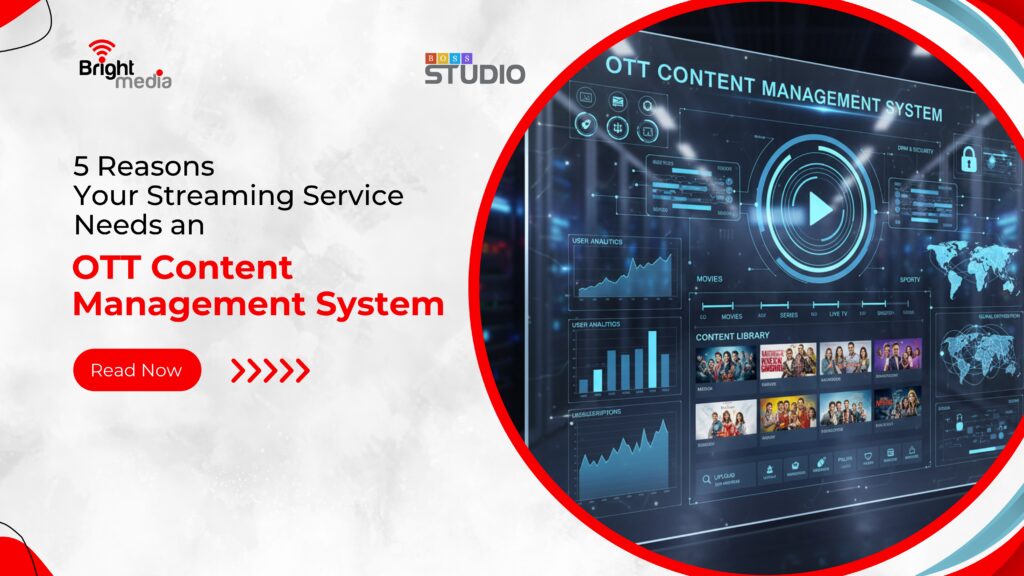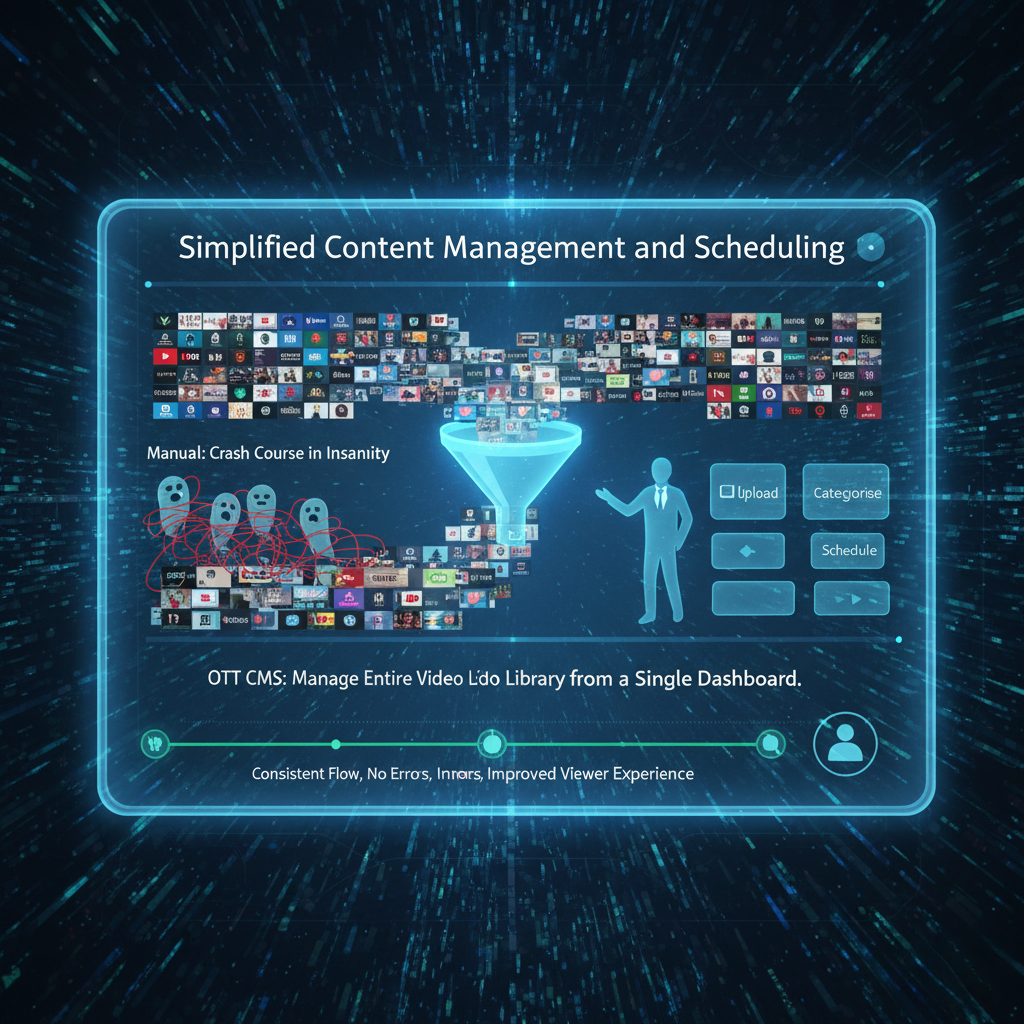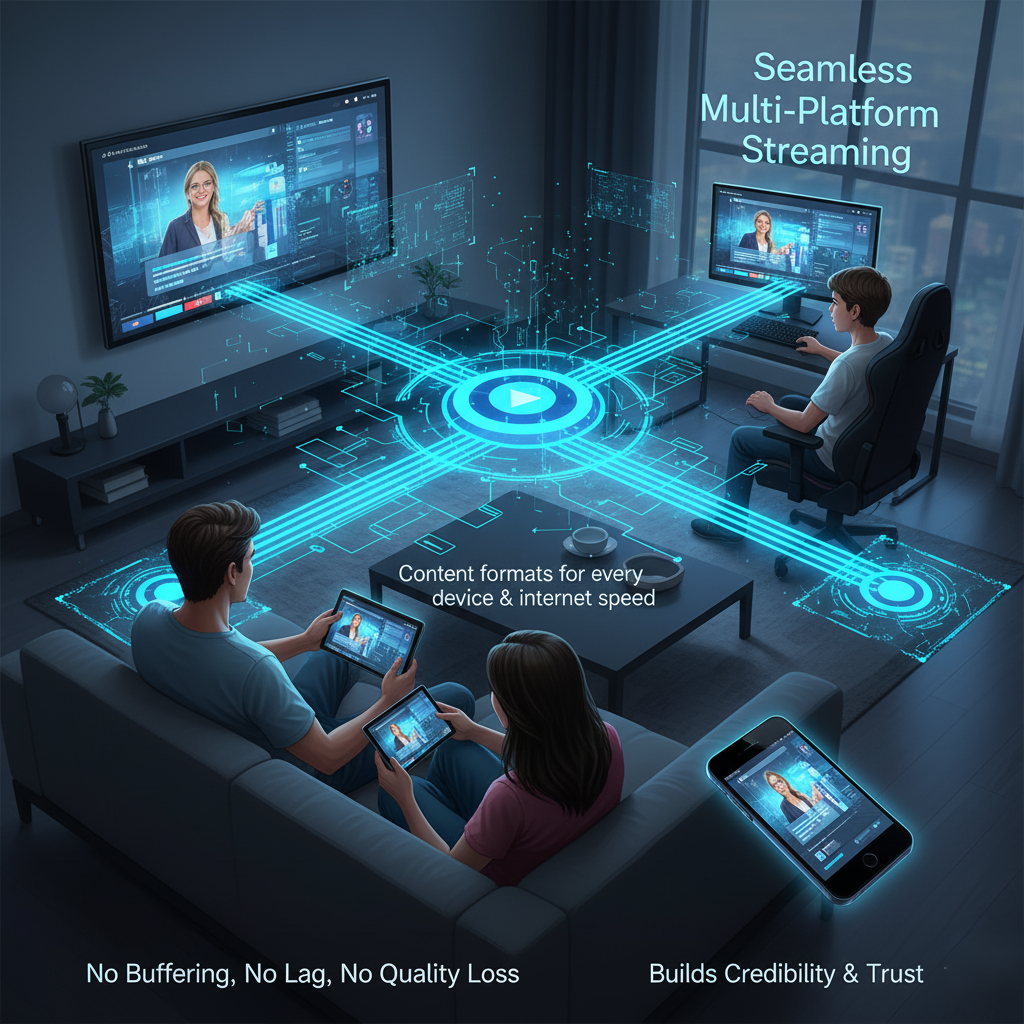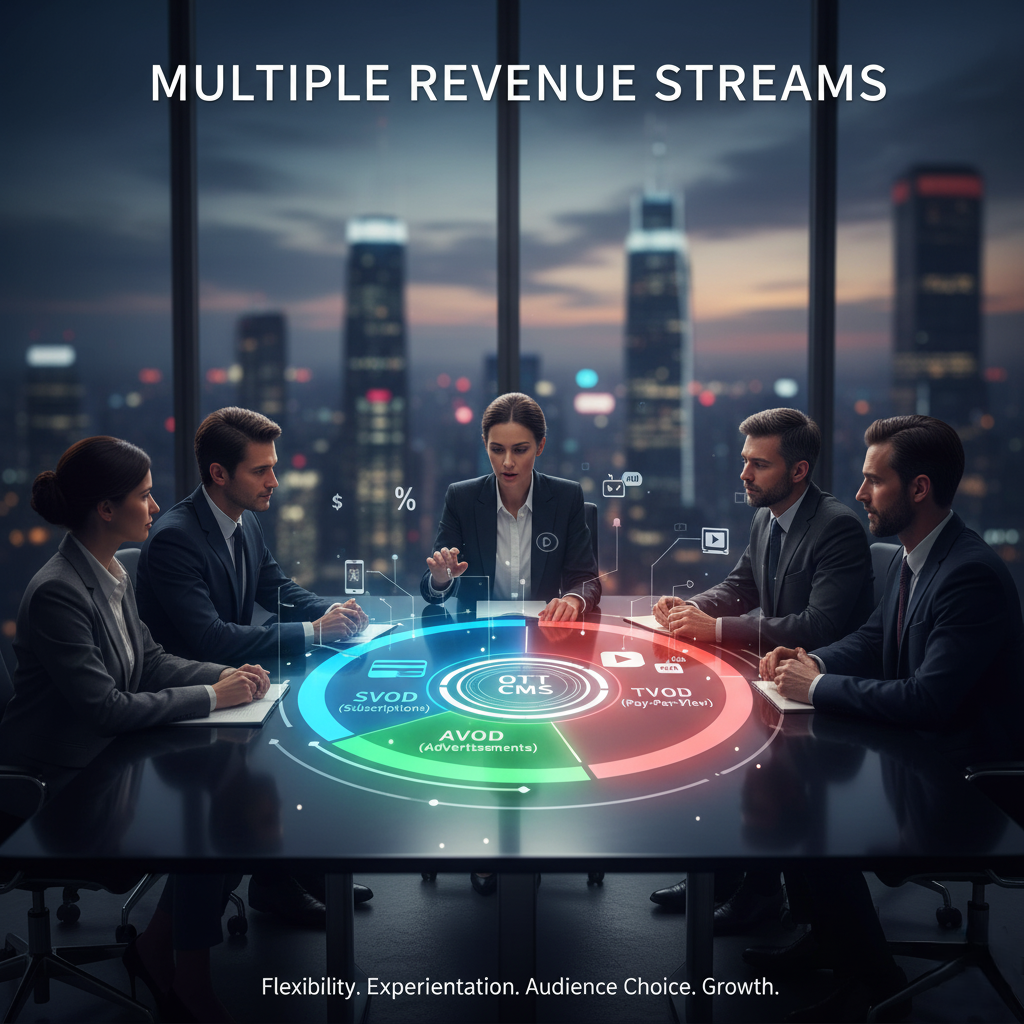
5 Reasons Your Streaming Service Needs an OTT Content Management System
Have you ever wondered why some streaming services function flawlessly, with uninterrupted viewing, personalized recommendations, and current content, while others do not—and are instead in disarray, slow, and unstable? Usually, the answer is a proven OTT Content Management System (CMS). For the next generation of streaming services, an OTT CMS is more than just an application; it’s a critical part of managing, curating, and delivering content for millions of users around the world.
If you currently operate or are planning to develop a streaming service, here are 5 reasons that will make you happy you invested in an OTT CMS.
Also Read: How an Advanced OTT CMS Can Improve User Engagement and Monetization
1. Simplified Content Management and Scheduling

It’s astounding when you have hundreds of videos, live events, and series to manage and do all of it manually; consider it a crash course in insanity. With an OTT Content Management System, you can manage your entire video library in one place. Upload, categorize, and schedule releases accordingly from a single dashboard. This is key to ensuring a consistent flow of content to your audience with no holds or errors, improving the viewer’s experience.
2. Customized Viewer Experience

When it comes to content, audiences today expect things to feel personalized. With AI-based personalization, an OTT CMS tracks what users did previously to recommend content to engage the audience in the content they are most likely to use. This not only increases viewing time but also leads to viewer retention, as they return to use your Netflix-like platform.
3. Seamless Multi-Platform Streaming

Viewers don’t just view on one screen: they’re moving quickly from a smartphone to a tablet, to a smart TV, to a desktop. An OTT CMS will ensure content formats for every device and internet speed, all without buffering or sacrificing quality. This kind of consistency builds credibility and trust, resulting in your streaming service always feeling professional and reliable.
Also Read: Top OTT CMS Providers
4. Multiple Revenue Streams

Revenue models have evolved past one-size-fits-all. An OTT CMS will easily support subscriptions (SVOD), advertisements (AVOD), and pay-per-view (TVOD) so that you can experiment with what works best. And, with this flexibility, you can have multiple revenue streams while still giving your audience the option to control how they would like to pay.
5. Data-Informed Growth through Analytics

Every click, pause, and view matters. An OTT CMS provides depth of analytics related to viewer engagement, dropout rates, and content that’s trending. These insights provide the ability to refine your library, release with greater detail, and tune your monetization efforts. Making informed data decisions is what separates high-performing platforms from low-performing ones.
Also Read: Why Your OTT Platform Needs a Powerful CMS Software
Conclusion
In the current competitive streaming environment, success is not solely built upon your content – it’s in how you manage, distribute, and monetize that content. An OTT Content Management System will provide your platform the structure it needs to keep your service organized, encourage personalized viewing experiences, support multiple monetization models, and allow you to build and grow through measurable insights from the platform. Without it, achieving scale with your streaming service is nearly impossible.
If you want to run your streaming platform smoothly and efficiently, investing in the right system is the best step to take. For instance, BOSS Studio enables broadcasters and streamers to build automated content workflows, manage scheduling, and create effortless viewing that is equal across all devices. The content is not the only thing that needs managing: building a platform that your audience loves and keeps coming back to takes organizational efforts, too.
FAQs
1. What is CMS in OTT?
A CMS in OTT (Content Management System) is a platform that helps manage, organize, and deliver streaming content efficiently. It handles uploading, scheduling, metadata, and ensures a smooth viewing experience for use
2. What is OTT’s full form?
OTT stands for Over-the-Top, referring to digital streaming platforms that deliver video and audio content directly to users via the internet, bypassing traditional cable or satellite services.
3. How to work on an OTT platform?
An OTT platform works by hosting content on a server, delivering it over the internet to viewers through apps or websites. It uses an OTT CMS to manage media, analytics for user insights, and monetization models like ads, subscriptions, or pay-per-view.
4. What is a CMS platform?
A CMS (Content Management System) platform is software that allows users to create, manage, and publish digital content without needing deep technical skills. In OTT, it specifically helps manage large media libraries and ensures smooth delivery.
